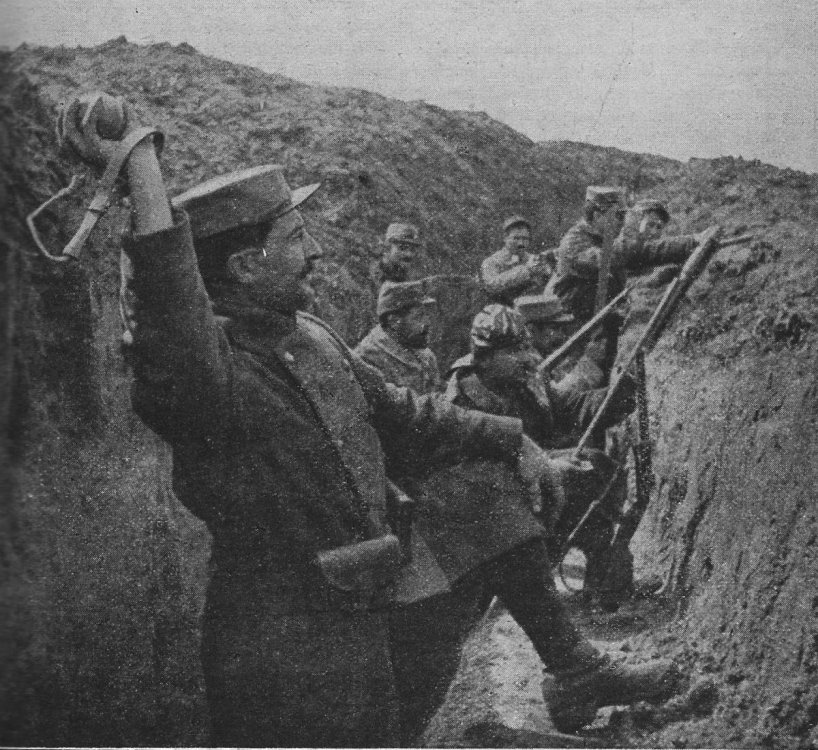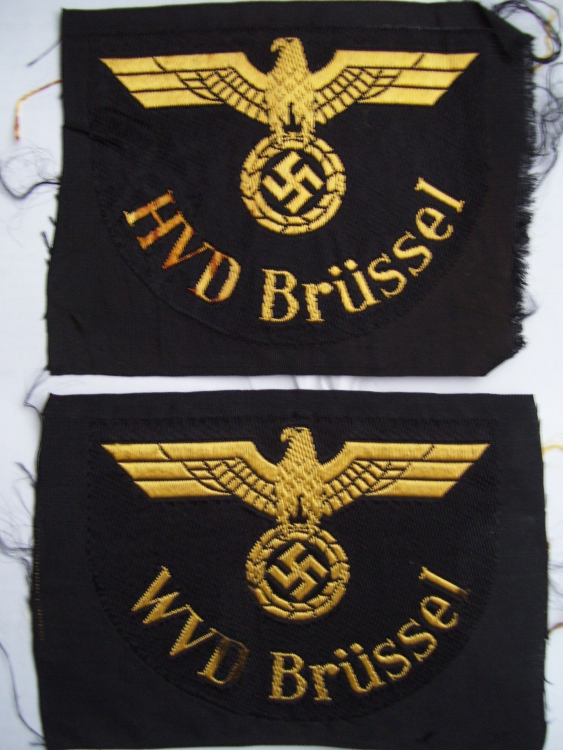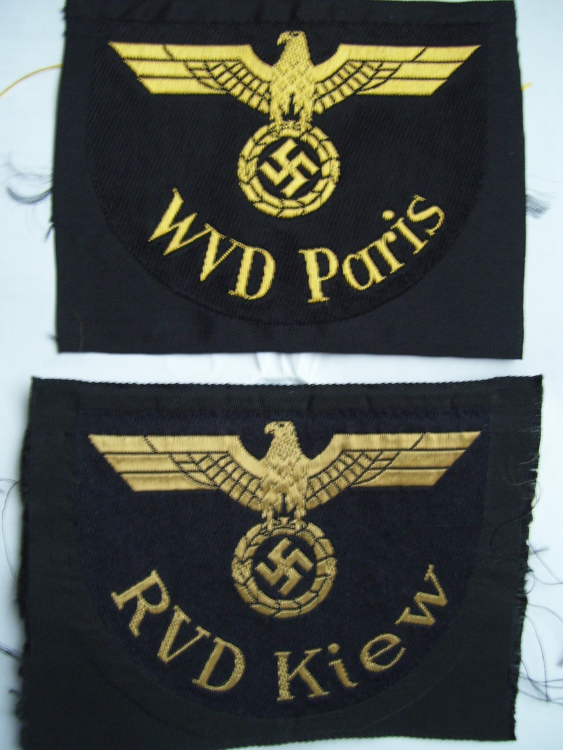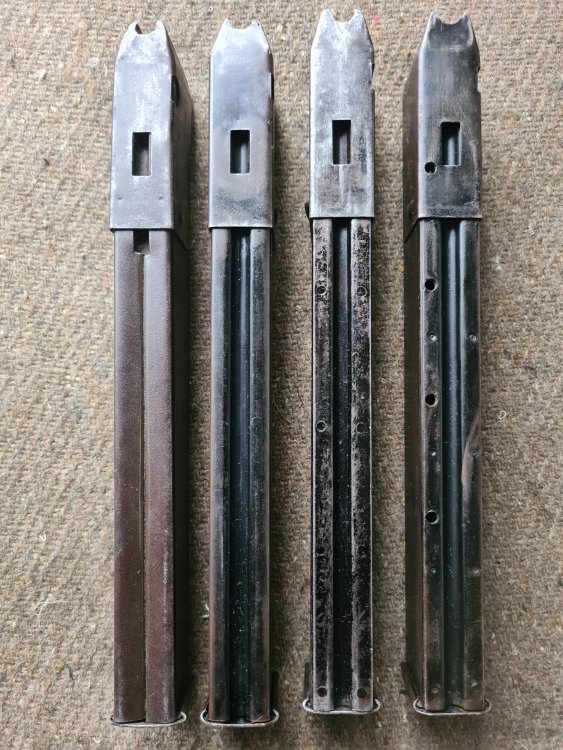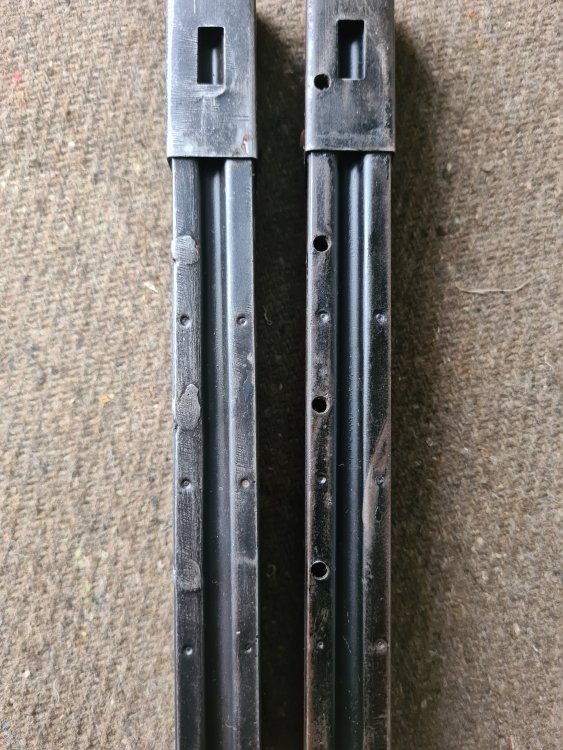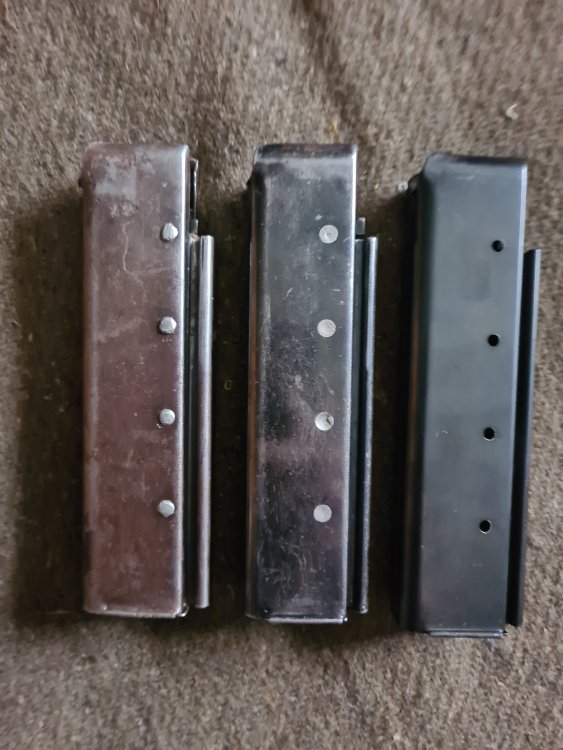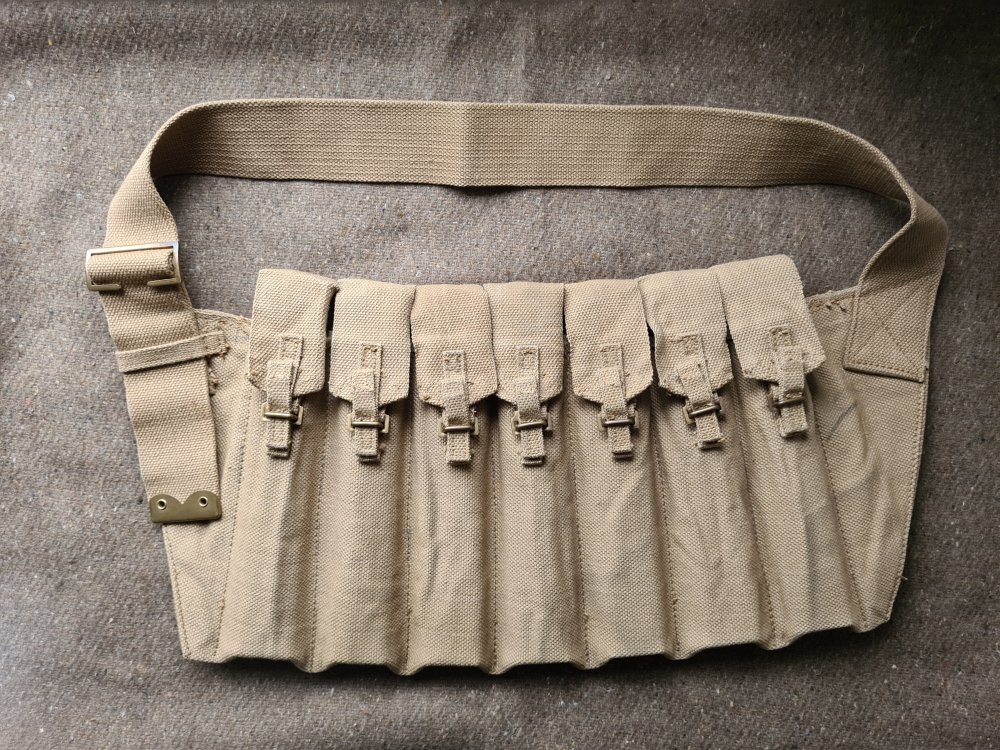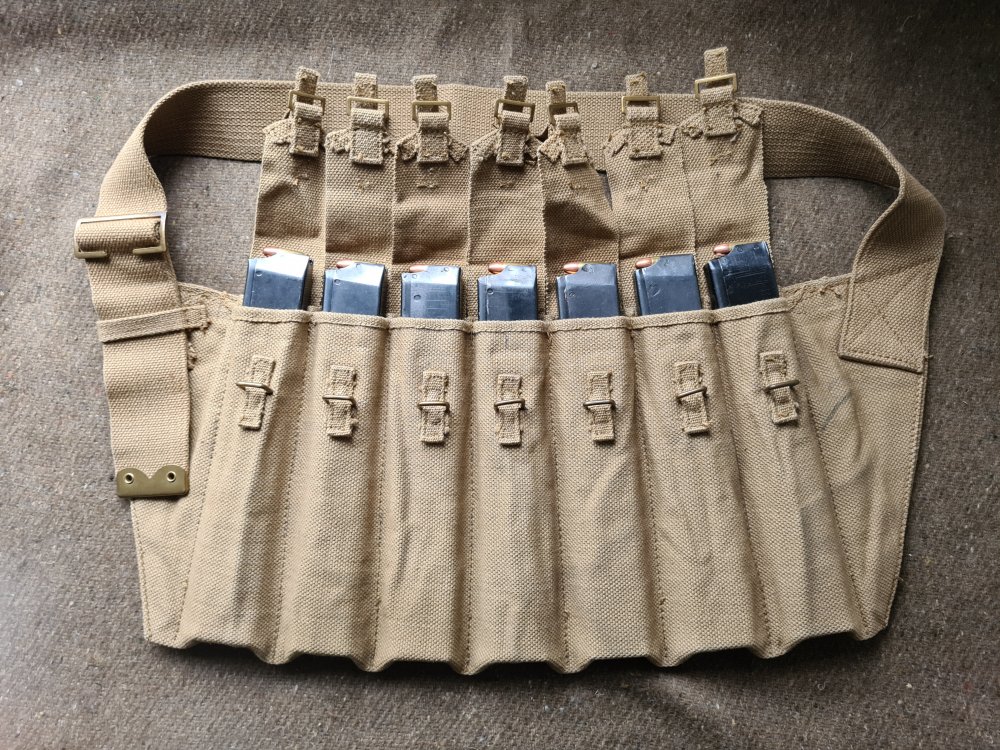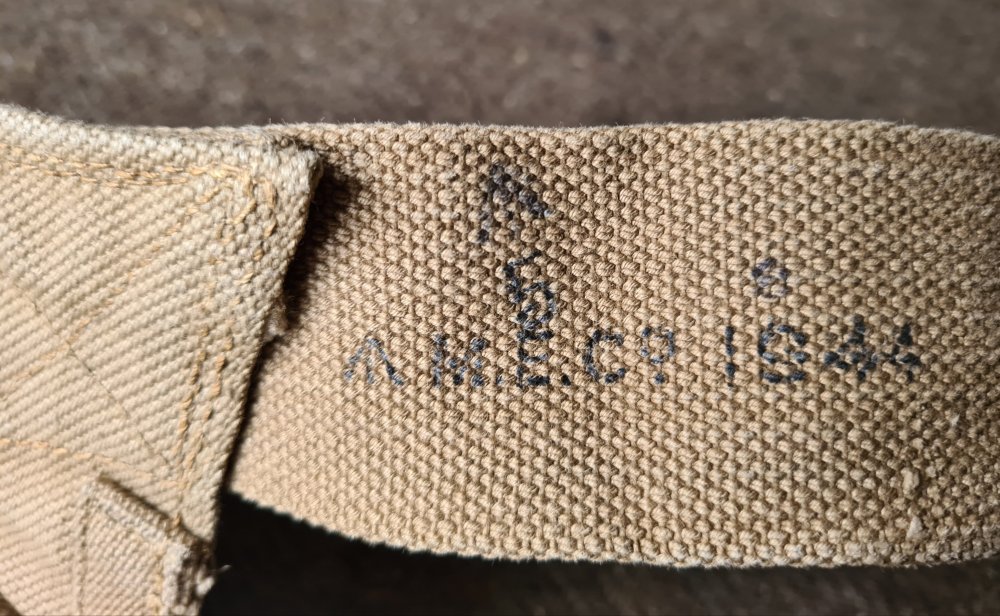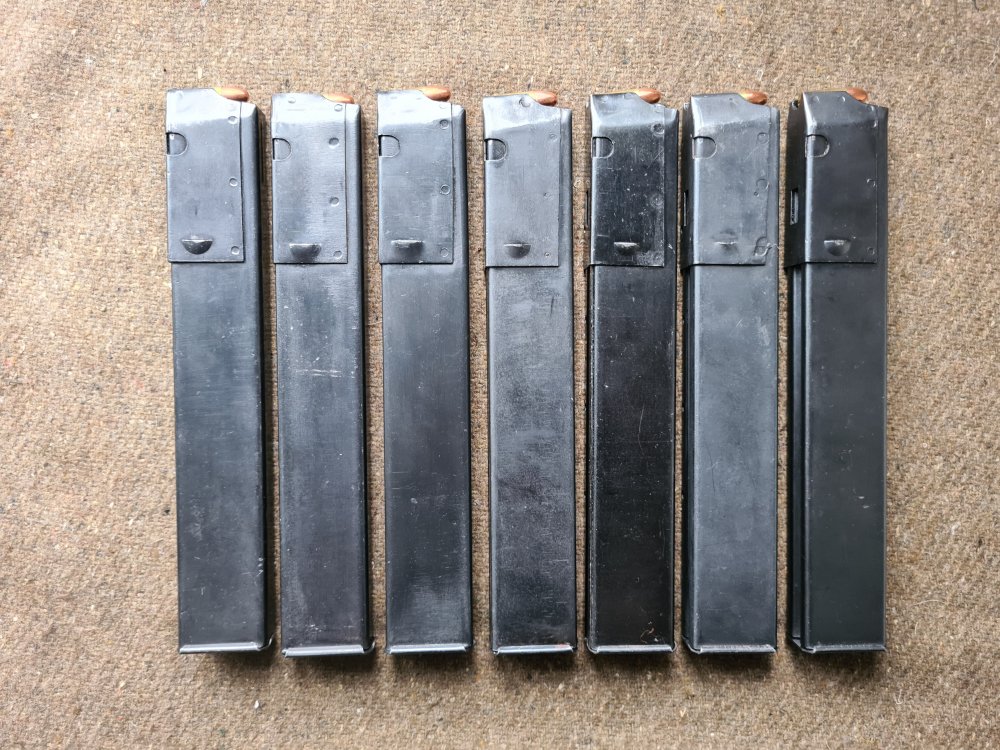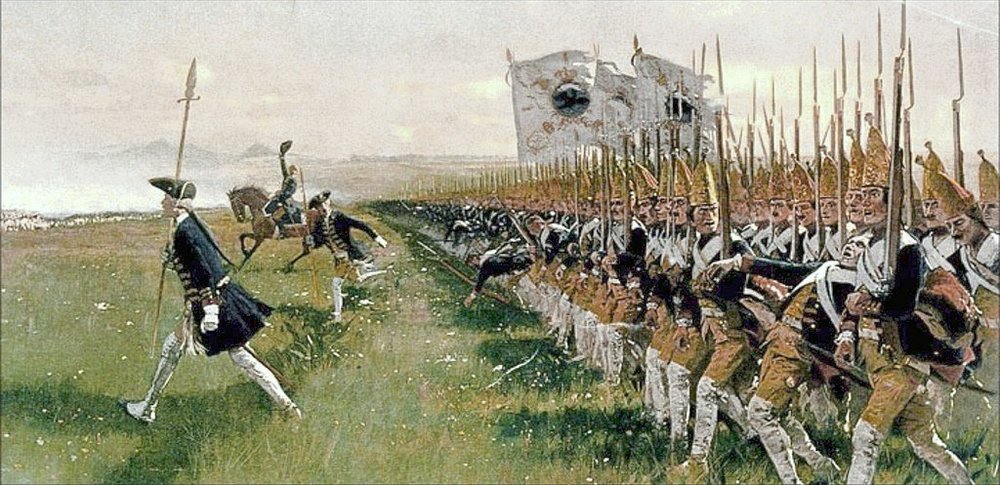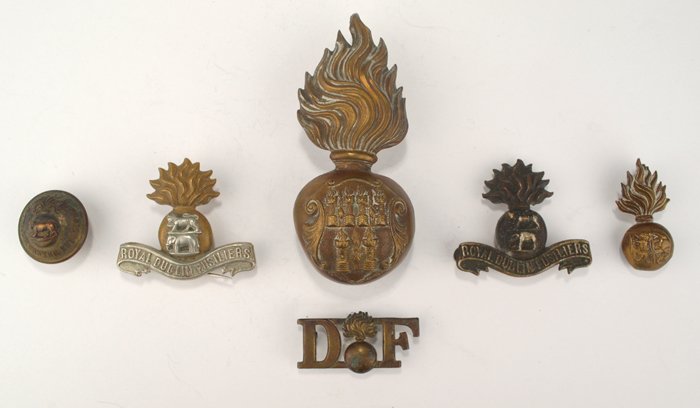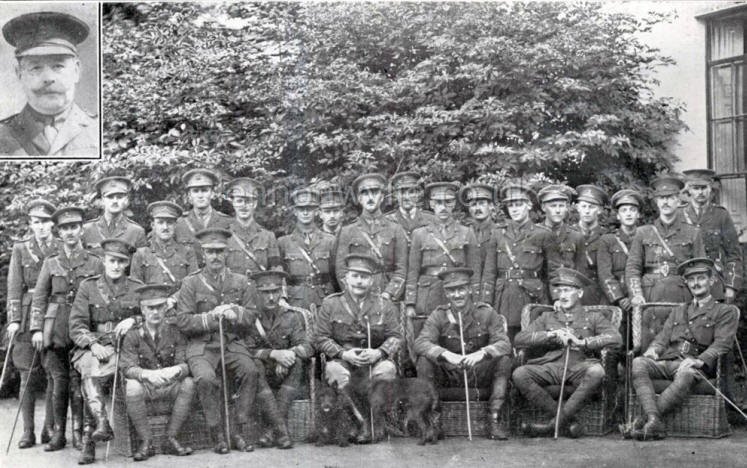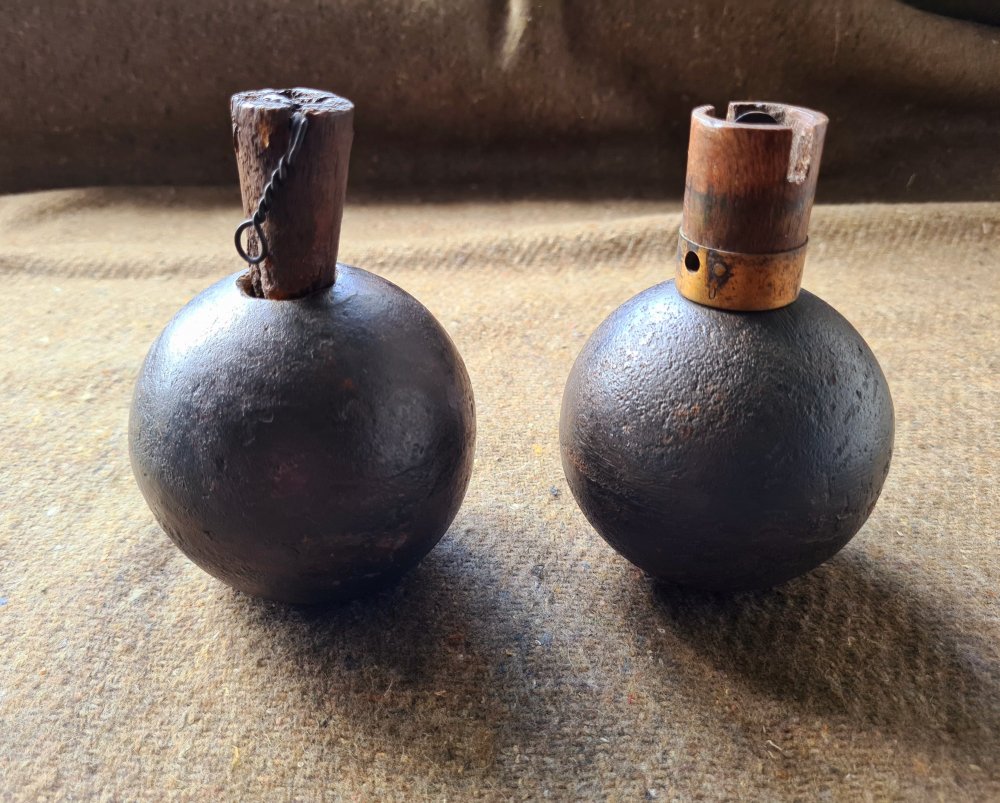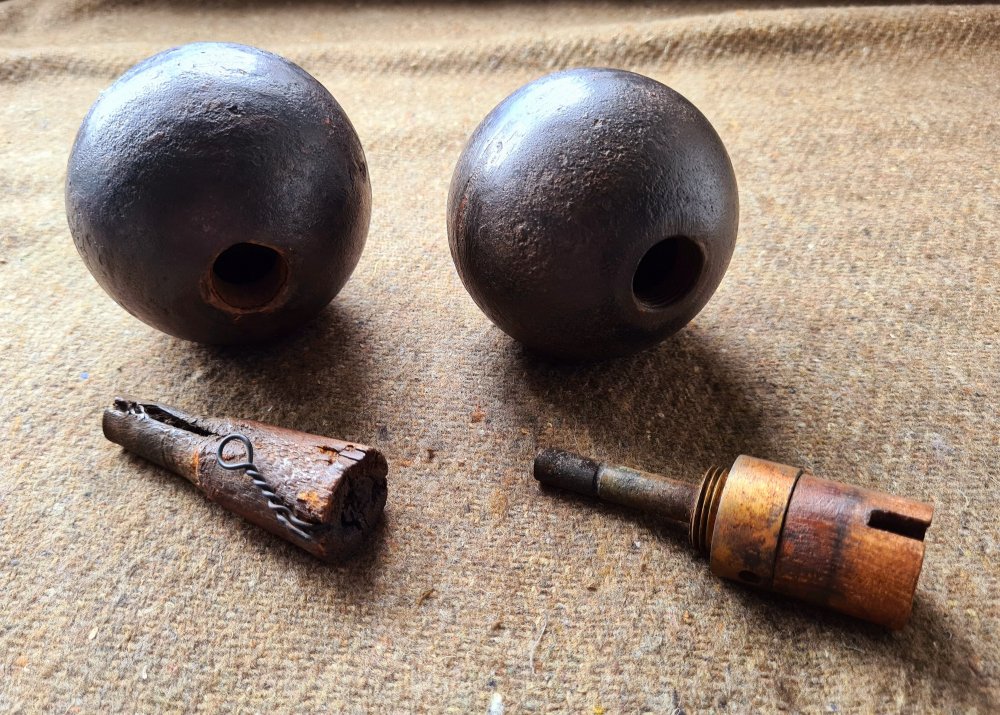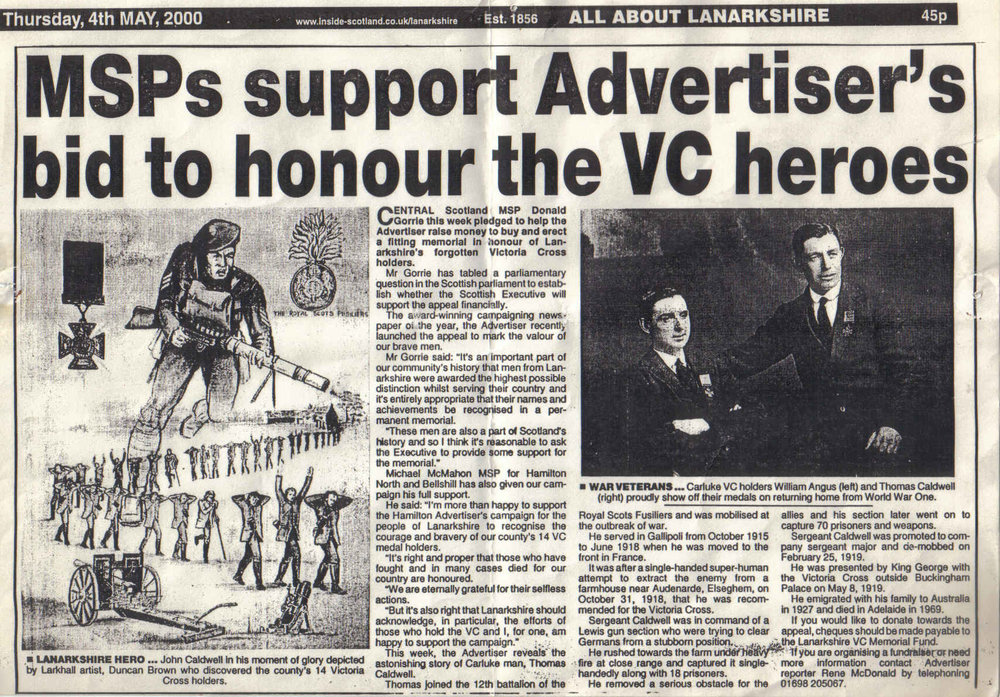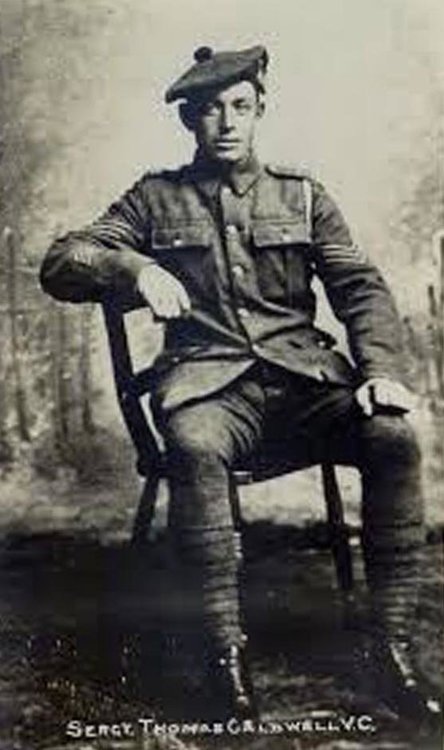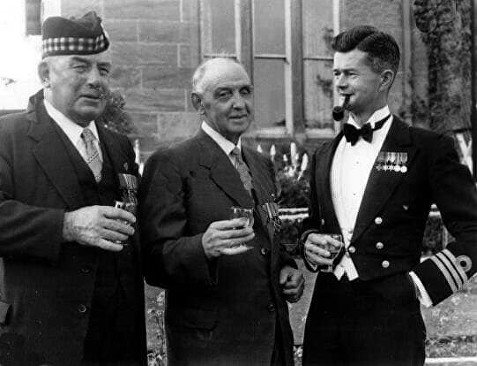Leaderboard
Popular Content
Showing content with the highest reputation on 02/10/20 in Posts
-
2 points
-
Interesting piece of history in particular regarding the development of a weapon.2 points
-
1 point
-
Deutsche Reichsbahn, besetzte Gebiete HVD Brüssel - Hauptverkehrsdirektion WVD Brüssel - Wehrmachts Verkehrsdirektion Reichsbahn Verkehrsdirektion, arm eagle for personnel of traffic direction of the Deutsche Reichsbahn Direktion (Railways) Wehrmachts Verkehrsdirektion Paris RVD Kiew (Ukraine). From unused Bevo stocks. RVD Dnepropetrovsk (Ukraine). Has probably been removed from a uniform, looks as though it has been washed or cleaned after long storage1 point
-
Great display. Like the wire on the lid on the left. You could add some rough cut hessian next time you swap things around perhaps. Just an idea.1 point
-
Just a quick snap shot of the various different designs of Sten Gun magazines. I think I have the complete set here but if anyone knows of any different designs let me know. The one on the left is the earliest variant as far as I know. Note only the fourth mag has open witness holes. Witness holes allowed the user to get an idea of how many rounds were left in a magazine. Note the witness holes have been soldered closed on the left hand mag. This was the practise in places like North.Africa. It was done to keep the sand out. They are known as soldered mags. Soldered Thompson mags with an unsoldered mag on the right.1 point
-
1 point
-
The Battle of Hohenfriedberg, 4. June 1745 A massive victory over the Austrian Army, many cannons and regimental colours were captured. Dragoner-Regiment Kronprinz greatly distinguished itself, it was later known as Kürassier-Regiment 2 This classical painting depicts an attack by the Erstes Bataillon Garde1 point
-
Prussian Kürassiers under the command of Friedrich Wilhelm von Seydlitz at the Battle of Roßbach (Rossbach), 5. November 1757, winning a victory over the combined French and Imperial Armies during the Seven Years War. The two cavalry generals, Seydlitz and Zieten Memorial in Dehlitz, probably damaged or removed after 1945, this seems to be a provisional restitution The first memorial from 1796, removed by Napoleon and brought to Paris, present whereabouts unknown. The third memorial dating from 1814. Removed by the DDR authorities to make way for brown coal mining. The fourth memorial from 1860, removed during the DDR era and is now in the village of Reichardtswerben1 point
-
Glad the talc worked for you Panzerman, if you watch the 5 minute film on page 1 of this post you will learn a bit more about the M1917 helmet, the film has no sound but well worth watching.1 point
-
Does anyone have any information on a Alfred(?) Core or Corr (?), officer of the Dublin Fusiliers, who then transferred to the Royal Flying Corps, 1914-1918 ? My father knew him as a customer in his pharmacy in the mid to late 1960s and early 1970s, he would also occasionly appear at Sunday Mass at St.Peter and Paul's Church in Ilford/Essex. I met him a couple of times, but as with old soldiers, he did not tell very much about his experiences of WW1, just the information mentioned, a further point, he had invented an incendiary rocket device on fighter aircraft for attacks on Zeppelins. He was still living in the late 1960s and early 1970s in Ilford/GB ? I believe he was after WW1 a Chemist by profession. Would be gratefull for any information. Officers of the 7th Battalion, Royal Dublin Fusiliers at the Royal Barracks in Dublin1 point
-
Interesting, they look so out of place in WW1, so basic in appearance and function.1 point
-
1 point
-
The 1847 model and the model 1876 ball grenades were 81 mm in diameter, only difference in these grenades was the fuse used. The 1882 model, also the same looking was the first to use a fuse that had a pull ring.1 point
-
I always feel I am banging on about him on the forum, as he won the VC, but I think he deserves a mention again being a Lewis gunner. An incredible story and thank-you for sharing, would be amazing to see his V.C, do you know of its whereabouts and have you attempted to trace it? That is something to be very proud of and i would certainly keep banging on about it, continually !1 point
-
It's great doing the research, I agree, you really feel that you know them, especially as I only knew one of my uncles, the other two passed away before I could meet them. My uncle Tom was in the Royal Scots Fusiliers, he was in command of a Lewis gun section. I always feel I am banging on about him on the forum, as he won the VC, but I think he deserves a mention again being a Lewis gunner. His last visit to the UK in 1968 for the The VC and GC Association in London, along side the two other winners of the VC from Carluke, William Angus VC and Donald Cameron VC. This was the last time my mother saw him as he passed away the following year.1 point
-
Thanks Guys..........Have'nt read SS-GB yet, Sealion was very good..............The bayonet is marked....C L C 1942. The Scabbard is by E.U.F. Horster 1938..........Both are waffen amp stamped as well.1 point






